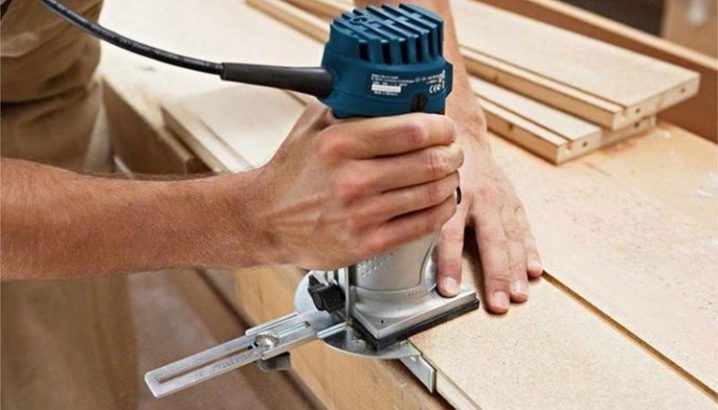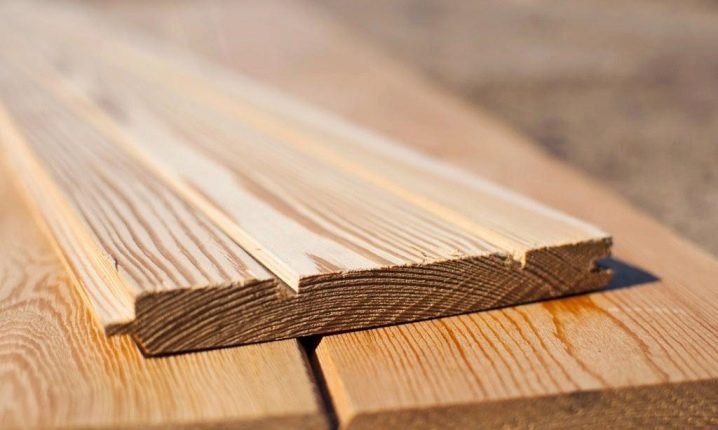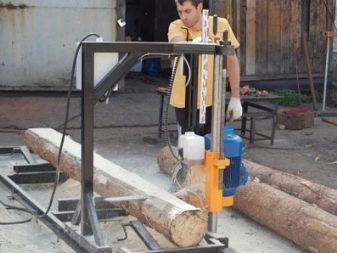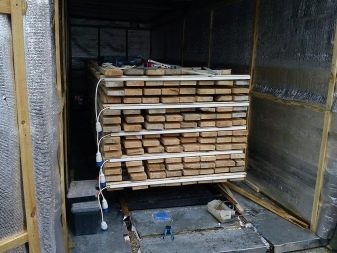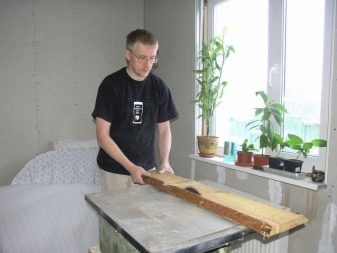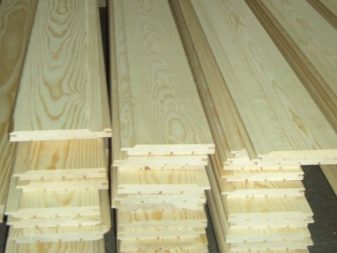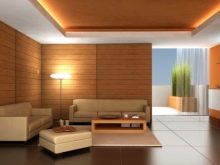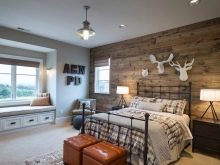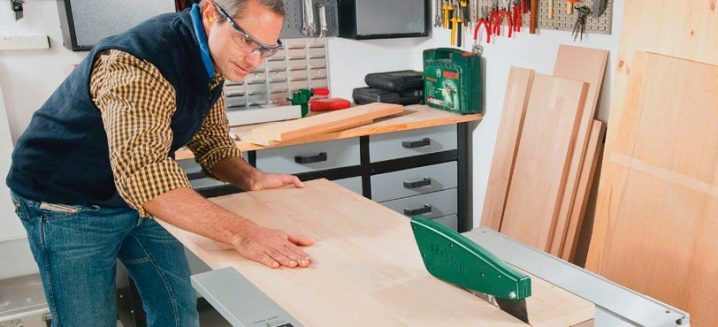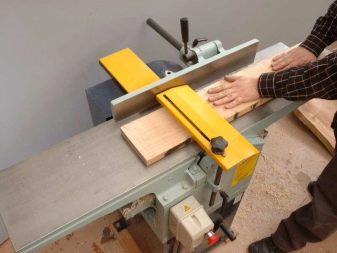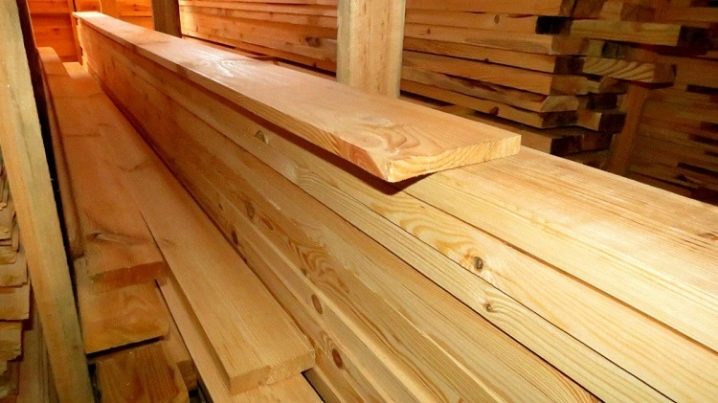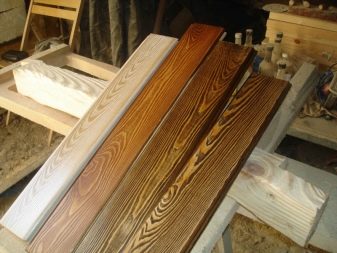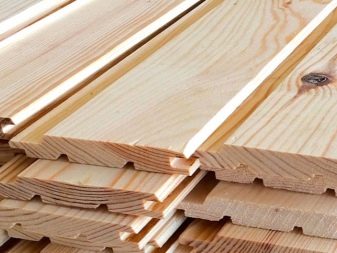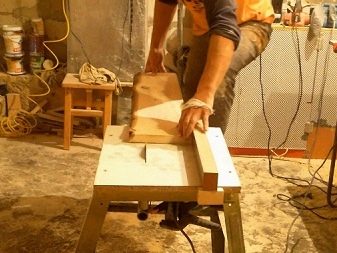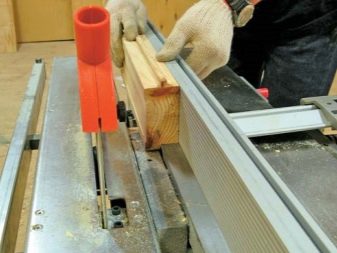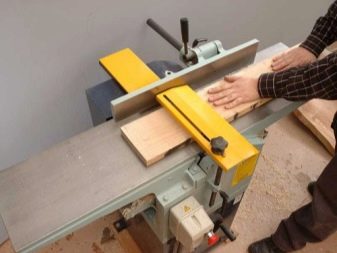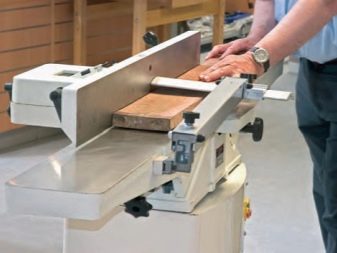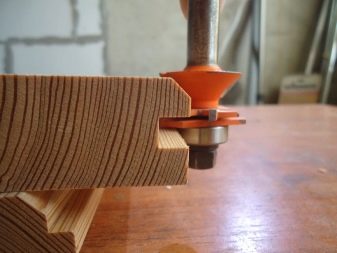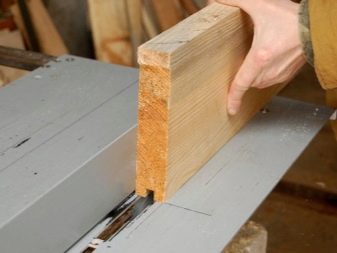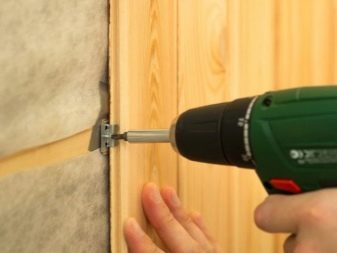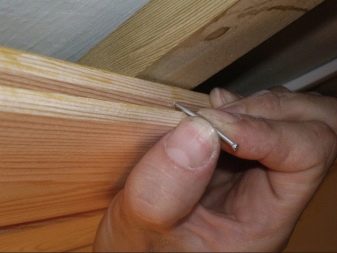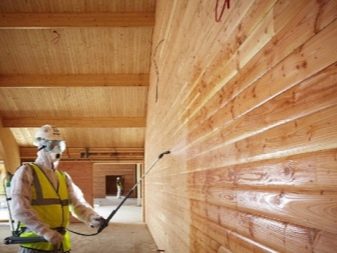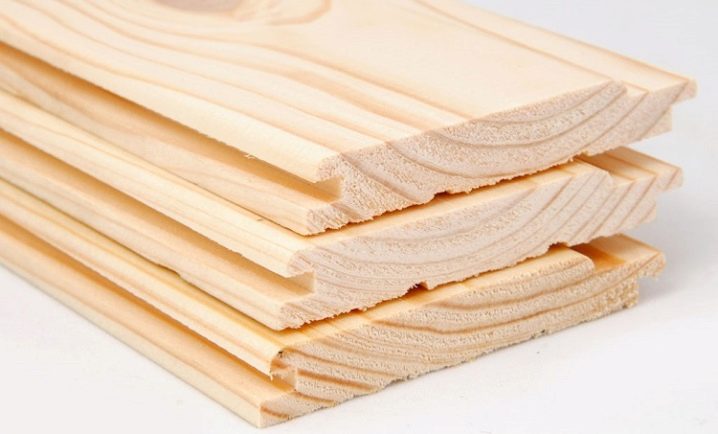How to make a wall with your own hands?
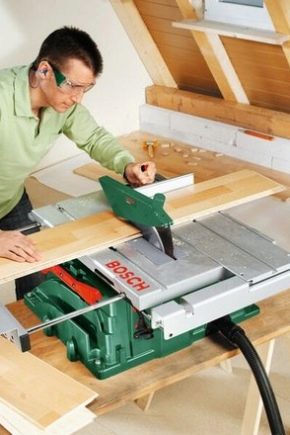
Making lining at home is suitable only for those who have at their disposal a lot of free time, has patience and perseverance. From this article you will find out the smallest details of its manufacture with your own hands, while significantly saving your budget, since the difference in price between the paneling and unedged board is significant. The positive aspects of the use of lining are visible to the naked eye: this is primarily a low cost of the material itself, and since the installation process is extremely simple, there is no need to hire a work crew, you can cope with your efforts.
About the material
Before taking up the manufacture of lining, it is recommended to understand what material you are dealing with. This knowledge will be useful for independent making optimal decisions while working at home.
The process itself takes place in several stages.
- Board production. The whip is taken as the basis - the trunk, which has already been cleared of the root part and the knots. With the help of a band saw or a disk saw, the whip is sawn according to specified parameters. For the thickness of the board, an approximate value is taken within fifteen millimeters, and one hundred millimeters wide.
- Drying lumber. Fresh wood has a lot of moisture. In the process of transporting, cutting or storing, it can more or less consume or accumulate moisture in its composition. In addition, wood is a hygroscopic material, that is, it is able to absorb water vapor from the air. For use in construction work requires maximum dry wood material. In order to reduce the amount of waste, moisture and minimize the risk of cracking the board, this stage is extremely important.
It occurs in a specialized chamber drying.
- Sort. Timber is sorted according to quality. For the production of lining boards are selected, the quality of not less than class B (second grade). The difference in grade is based on external defects of the board, their presence or absence.
- Production of lining. A powerful four-side planer is involved at this stage. Thanks to different cutters and knives, up to four planes are processed at once, that is, the necessary profiles are obtained in two minutes.
- Quality control, placement and storage. At this process of obtaining lining in production is over. This is a routine work and does not imply difficulty in the presence of the necessary equipment. To preserve the qualities of lining requires proper storage space for this material. A dry, flat room with a canopy installed, it is possible to use a conventional film covered over the boards. It is important to provide systematic airing.
It is advisable to pre-install pallets.
Where is lining used?
There is no need to list all the positive aspects of the wall paneling. In stores building materials it is the most popular material for decorative and finishing works with walls and ceiling, used both inside and outside.Lining is made from different grades of a tree with what its further use is connected. For example, lime or alder is used in the wall casing of saunas due to its moisture-proof properties and resistance to sudden temperature fluctuations.
Lining of spruce and pine is used mainly for interior decoration due to low humidity and stable temperature from two to thirty degrees.
Necessary equipment
First you need to choose and prepare for a large and powerful machine. A practical acquisition will be the second machine. Due to the fact that even the most powerful machine will start to overheat after a certain period of time, it will be possible to give it a chance to take a break and cool down. A necessary characteristic of the machine is a power not lower than one kilowatt. It is required to perform two main functions - it is sawing and whizzing, that is, leveling the wooden surface.
Preferring any model, draw attention to the presence of backlash - a gap, in places where details are regulated. A quality woodworking machine, for example, an American, does not exceed a width of fifteen to twenty centimeters. But also the quality should be the line and the cooling system.
You should not give preference to the machine with an aluminum table and ruler.
Aluminum tends to leave black marks on wood. There is a chance to put strips on the finished product with a jigsaw. As a result, defects adversely affect the appearance of the material after processing, and the finished wall paneling must be painted when it was possible to do with a colorless varnish. A special casing is used for the saw operation, which is put on the saw base in order not to stain the wood, when both the table and the ruler do not have protective devices.
It is possible to make lining of an alder in the manual way, for example, by a milling cutter or on a circular. Milling method better quality.
Homemade material produced in this way has good technical characteristics.
Sizes of lining
The first step is to select the desired size of the uncircumcised board. The required length is set based on the average length of those boards that are at your disposal, and on the required length. Lining more than two meters long is extremely difficult to handle, and therefore this kind of length is economically unprofitable.But by and large, any length can be used properly.
The most unpretentious in appearance board, which sometimes goes straight into the garbage, can be transformed into a beautiful parquet made with your own hands. It will save your pocket from unnecessary costs and will delight your eye no worse than that acquired in the store. Then you need to determine the width of the wall paneling. With a narrow board, the lining will be wide, that is, one lining - one board. With a wide board - two narrow battens.
Many experts argue that using clapboard seven to ten centimeters wide is much more practical. Do not forget that the wall panel you are using should be the same in width.
Quality material is produced, for example, by this method. like brushing.
Making lining your own hands
Safety is the first thing worth mentioning. In no case is it recommended to wear clothes with decorative details. Convenient simple robe without unnecessary elements is the best option. Wear safety glasses if possible. The saw has to be in a special casing with a rasklinivatel which will simplify to you a cut and at the same time will secure you when using the machine.Monotonous work often lulls the vigilance of the worker, and in this case it is likely to accidentally cut not what was required. Therefore, be careful to overheat the motor.
To do this, cut the boards in batches, first on one side, and only then grasp the other.
The process itself begins with drawing straight lines., on which the sides of the boards will be sawn in the future. It is recommended to use green or blue pencils, this is necessary so that the lines are clearly visible, if the wood is damp and begins to turn blue. To cut the board, place it on the table top of the machine so that the previously marked lines are smooth. At the end of the board, rest your body and push it straight onto the saw blade. Many people saw the saw blade in order to simplify the process of cutting, preferring circles with a larger diameter.
It is important to follow the board, it should not clamp the circle.
To cut the other side of the board, the machine must be reconfigured. To do this, set the ruler to the required width. Usual is the use of two clamps, for fixation in the process.Then the second side of the board is sawn according to the adjusted ruler, when sawing the side without using a ruler, sawn under the ruler will appear at the exit. Put them in a separate place, they will be useful to us for rails.
For those who are interested in how to determine the width of the rails, the answer is simple, to do this, sawn-down paneling is put in, which will be used instead of a ruler.
There is no point in figuring out the width to a millimeter, since it will not affect the quality of the lining.
Planking
Board becomes smooth and smooth after the procedure of joking. This is an extremely important stage and requires no less care and concentration. To do this, you need to reconfigure the machine. They plan the boards one by one, strictly on the one hand. Boards that are folded during the planing process into a spiral are immediately thrown away, because, they are no longer subject to further exploitation. To get even and identical planks in width, count how many times you need to move around the machine and repeat the same number with each new board, making the same effort.
When working with the other side, slight differences in thickness will be invisible.
In conclusion, the processing board required to make grooves. Get them using cutters or a small diameter saw blade, but you need to install it diagonally. It is worth using it only if you do not have cutters available, since the method is rather laborious, additional equipment tuning is required.
The first thing to do is set up a ruler., for this, raise and lower the table until you have set the required depth for the groove. After that, cut out the grooves on both sides of the board. There is no need to cut the grooves strictly in the middle of the board, making the groove a little closer to the surface - visually there is a feeling of a thinner wall panel than it really is.
The implementation of balances in slats
Delayed previously unrealized boards will be transformed into slats, which will be used to fix the wall panel during installation. Being a docking material, the rail does not have to be the same length as the wall paneling. The length in this case does not matter, because the joint is hidden behind the clapboard. But the rake should be smaller than the groove.
Due to the curvature of the rail, it will be perfectly fixed in the grooves, in connection with this it is not planed, with a high-quality saw, the rail is quite smooth.
If the appearance is in the first place for you, remove the chamfer of small size on both sides of the board. It will take a lot of time. But having done this, the result will immediately be evident. The term of operation of lining approximately from fifteen to twenty years. If it is treated with a specialized protective agent against fungus, rot and insects, the longevity of the batten increases significantly.
Home-made wall paneling saves your pocket from unnecessary expenses, will give the room a more aesthetic and attractive look. Do not forget that lining is a material with a high thermal conductivity and is an environmentally friendly material, which means that at high temperature surges it will not emit harmful toxic substances.
For more information on this issue, you can find out by watching the video below.
